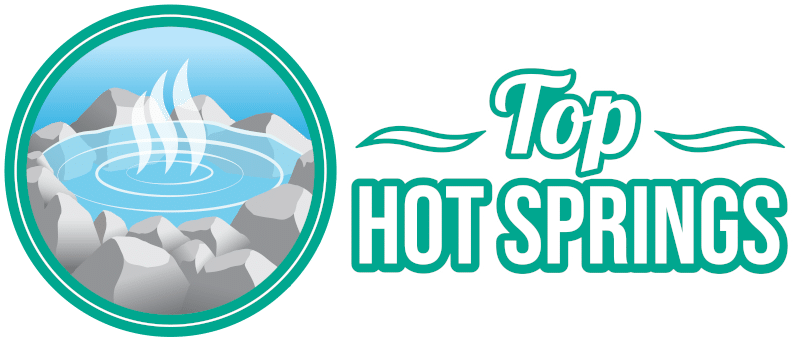Naegleria fowleri is nicknamed the “brain-eating amoeba” despite its classification as an amoeboflagellate excavate. But that’s just semantics. The important thing to know about this microorganism is that it’s not something you want in your body.
The brain-eating amoeba can be found worldwide but thrives in areas of warm or hot fresh water like lakes, rivers–and yes, hot springs. Sometimes, cases also arise in water park-type areas during the summer or long periods of high heat when the water temperature increases.
Lucky for ocean lovers, there are no naegleria fowleri in salt water.
You can also rest assured that not all hot springs contain the invisible killer, but in areas of concern, you should avoid putting your head underwater.
An Uncommon but Deadly Amoeboflagellate Excavate That Enters Through the Nose

This aggressive microorganism enters the body through the nose and moves to the brain where it can destroy tissue and cause the organ to swell due to primary amebic meningoencephalitis, or PAM. An infected person will typically start noticing symptoms up to five days after exposure, but it can be any time between the day after and 12 days after.
Things like headache, nausea or vomiting, and fever are early signs. As the disease progresses, you may notice confusion, loss of balance, hallucinations, etc. Progression is very quick, and it is usually fatal; an infected person will usually die within five days, but it could be as soon as the day after infection all the way up to 12 days.

All in all, while it’s a quick and deadly disease, it’s not very common. Since 2012, the CDC has only recognized 31 cases in the US. Only three of the patients survived. Going back to 1962, there have only been 154 people infected, but sadly, 150 of them didn’t make it.
Most of the cases reported were located in the southern states, the northern states only seeing infections after unusual heat waves. A somewhat surprising note the CDC makes is that young boys are most at risk, though reasons for this are unclear.
One possible explanation could be that they are the demographic most often diving to the bottom of lakes and rivers, playing with or digging in the sediment at the bottom. Disturbing the bottom can stir up the naegleria fowleri population buried within.
Reduce Your Risk of Naegleria Fowleri

So how can you reduce your risk? As mentioned, keeping your head above water is a good start. The only way to eliminate risk is to avoid warm bodies of water entirely, but that means missing out on a lot of fun for generally minimal risk.
You can also fill a neti pot (affiliate link) with sterile or distilled water and clean out your sinuses after a swim in potentially affected water. If you’re getting water from your tap, be sure to boil it for a few minutes before putting it in the neti pot. While it may be safe to drink, the water from your tap is not sterile.
If naegleria fowleri wasn’t in your vocabulary before, it is now. Don’t be alarmed, as many people live without ever entering water where this is a concern. Learn the answers to these frequently asked questions about this scary amoeba from the CDC.
Knowing it’s out there shouldn’t prevent you from enjoying the healing waters of a good hot spring. However, it’s important to be aware and cautious, two things that can be useful in any given situation, in or out of the water.
Learn more about the general hot spring safety tips and rules to follow to ensure everyone has a good time and preserves these gems for future generations.


 Murrieta Hot Springs – California
Murrieta Hot Springs – California